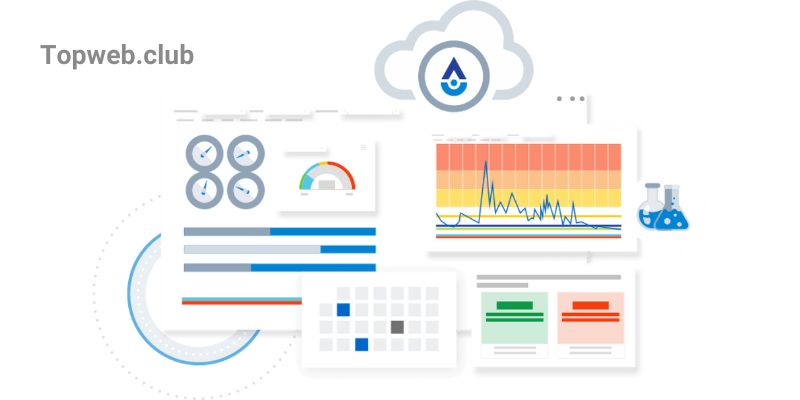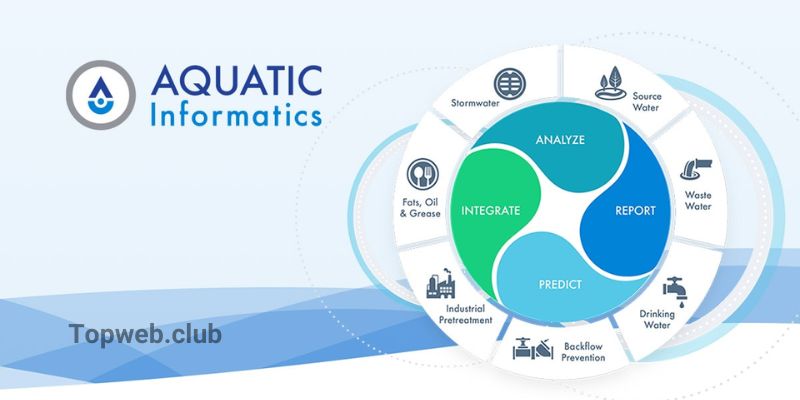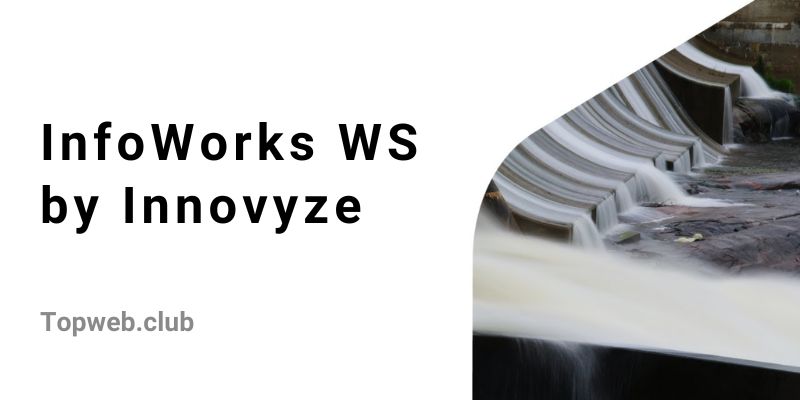Water, a vital resource for life, requires careful management to ensure its quality, quantity, and sustainability. With the increasing challenges posed by climate change, population growth, and pollution, the need for effective water management has never been more critical. In this context, water data management software plays a pivotal role in collecting, storing, analyzing, and visualizing data related to water resources. This article from Topweb explores the features, functionalities, and importance of water data management software in addressing the complex challenges of water management.
Understanding Water Data Management Software:
Water data management software serves as a comprehensive solution for organizations and agencies involved in water resource management. This specialized software facilitates the systematic handling of diverse water-related data, ranging from quality assessments to quantity measurements and environmental factors. By leveraging advanced technologies, these platforms empower stakeholders to make informed decisions, ensuring the sustainable use and conservation of water resources.
Key Features and Functionalities:
a. Data Collection: Water data management software streamlines the process of collecting information from various sources, including sensors, monitoring stations, field surveys, and laboratory tests. This feature ensures a centralized and efficient approach to gathering critical data, eliminating redundancies and improving accuracy.
b. Data Storage and Management: The software provides a robust database infrastructure for secure storage and organization of vast amounts of water-related data. With support for different data formats, such as text, tables, and spatial data, it ensures accessibility and ease of retrieval.
c. Data Analysis: An essential aspect of water management involves analyzing data to derive meaningful insights. Water data management software includes tools for statistical analysis, trend identification, and predictive modeling. These functionalities empower users to understand patterns, assess risks, and plan interventions effectively.

d. Visualization: Effective communication of complex water data is made possible through visualization tools. The software allows users to create intuitive charts, graphs, maps, and dashboards, enabling stakeholders to comprehend and interpret data more easily. This visual representation enhances decision-making processes.
e. Reporting: Generating comprehensive and customizable reports is a critical feature of water data management software. This capability aids in conveying findings to stakeholders, regulatory bodies, and the public. Accurate and timely reporting ensures compliance with regulations and facilitates transparent communication.
f. Regulatory Compliance: Water quality standards and regulations set by government agencies require meticulous adherence. Water data management software assists organizations in complying with these standards by providing features that enable tracking, monitoring, and reporting to meet regulatory requirements.
g. Integration: Seamless integration with other systems and data sources is crucial for maximizing the efficiency of water data management. The software integrates with GIS, SCADA, and IoT devices, enhancing the overall capabilities of data collection, analysis, and visualization.
h. Collaboration: Water management often involves collaboration among multiple stakeholders. The software facilitates collaborative efforts by allowing multiple users or organizations to work on water-related projects, share data, and collectively contribute to informed decision-making.
Prominent Water Data Management Software Solutions:
a. Aquarius by Aquatic Informatics: Aquarius is a leading water data management software that offers a comprehensive suite of tools for data collection, analysis, and visualization. Its user-friendly interface and robust features make it a popular choice for water resource professionals.

b. WaterTrax by SUEZ Water Technologies & Solutions: WaterTrax is known for its capabilities in regulatory compliance and reporting. It provides a centralized platform for water utilities to manage data efficiently and meet regulatory requirements seamlessly.
c. WISKI by KISTERS: WISKI is a versatile water data management solution that caters to the diverse needs of water professionals. Its integration capabilities with GIS and other systems make it a preferred choice for organizations seeking a comprehensive solution.
d. AQUARIUS Time-Series by Hach: AQUARIUS Time-Series focuses on real-time data management, making it ideal for applications where timely and accurate information is critical. It offers advanced analytics and visualization features to support data-driven decision-making.

e. EScIS (Environmental Science Information System): EScIS provides a holistic approach to environmental data management, including water-related information. Its user-friendly interface and integration capabilities make it suitable for organizations dealing with complex environmental datasets.
f. InfoWorks WS by Innovyze: InfoWorks WS specializes in water supply and distribution modeling. It integrates hydraulic and water quality modeling with data management, offering a comprehensive solution for water utilities and engineering professionals.
g. Hydro GeoAnalyst by Waterloo Hydrogeologic: Hydro GeoAnalyst focuses on groundwater data management and analysis. Its tools for hydrogeological modeling and visualization make it a valuable asset for organizations involved in groundwater resource management.
h. MIKE by DHI Group: MIKE is a versatile software suite that includes tools for water modeling, simulation, and data management. It is widely used for addressing complex water-related challenges, including flood risk assessment and coastal management.
Considerations for Selecting Water Data Management Software:
When choosing water data management software, organizations should carefully evaluate their specific needs and requirements. Considerations include:
a. Data Management Needs: Assess the types and volumes of data that need to be managed, ensuring that the software aligns with the organization’s specific data requirements.
b. Scalability: Ensure that the software can scale to accommodate growing datasets and evolving organizational needs over time.
c. Compatibility: Verify compatibility with existing systems, such as GIS, SCADA, and IoT devices, to facilitate seamless integration and interoperability.
d. Ease of Use: User-friendly interfaces and intuitive features contribute to the overall efficiency of water data management processes.
e. Regulatory Compliance: Confirm that the software provides the necessary tools to meet regulatory requirements and standards relevant to the organization’s operations.
f. Security and Reliability: Data security is paramount. Select software solutions that prioritize robust security measures to protect sensitive water-related information.
g. Customer Support: Adequate customer support services are crucial for addressing issues promptly and ensuring the smooth operation of the software.
Conclusion:
Water data management software plays a pivotal role in addressing the complexities of water resource management. By offering advanced features for data collection, storage, analysis, and visualization, these software solutions empower stakeholders to make informed decisions, ensuring the sustainable use and conservation of water resources. As the challenges of water management continue to grow, the importance of adopting effective water data management software becomes increasingly evident, providing a technological backbone for a water-secure future.